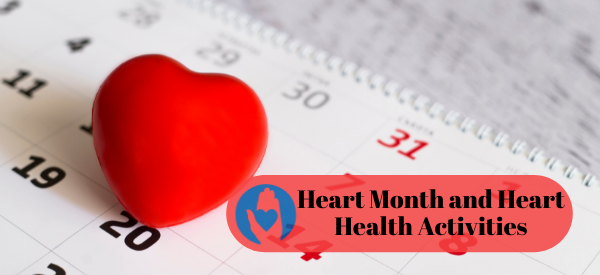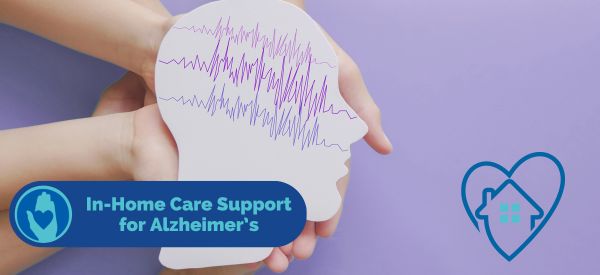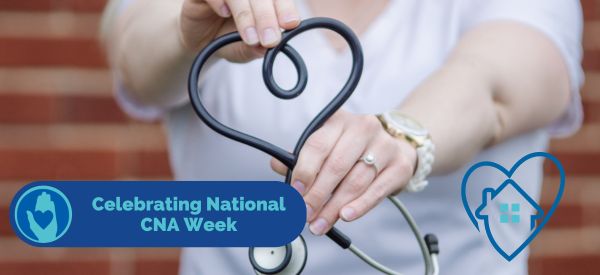What is Heart Month?
February is American Heart Month, which is a month dedicated to the improvement of cardiovascular health. This month the Division for Heart Disease and Stroke Prevention is shining a light on hypertension or high blood pressure. This is a leading risk factor for heart disease and stroke. Heart disease is the leading cause of death in the United States across populations. Each year one in every four deaths is a result of heart disease. Heart Month is dedicated to reducing these odds and helping individuals learn to take better care of their heart.
Be Aware of Your Heart Health
Look for resources from the CDC, visit a doctor, or talk to a health care worker or certified caregiver about your heart health. Whether you have high blood pressure or not there are ways of checking your blood pressure at regular intervals and of managing it with and without frequent doctor visits.
Exercises is Good for the Heart
Aerobic exercises and resistance training are most important for general heart health. Aerobic exercises improve circulation, which lowers blood pressure and heart rate. Some examples consist of gardening, brisk walking, swimming, heavy cleaning, cycling. Resistance training helps reduce fate and create leaner muscle mass. A combination of these two exercise types show an increase in HDL (good) cholesterol and a decrease in LDL (bad) cholesterol.
The Focus on Hypertension
Hypertension is defined as blood pushing up against the walls of arteries. Blood pressure rises and falls depending on the day’s activities, but if it is high for a long time then this starts to cause health problems. Nearly half of adults in the United States have hypertension. Uncontrolled hypertension puts people at risk for heart disease, stroke, heart failure, kidney failure, vision loss, peripheral artery disease, sexual dysfunction, pregnancy complications, and cognitive decline.
How to Address Hypertension in a Heart Happy Way
There are ways of preventing and managing high blood pressure. This could mean a shift towards healthy living habits to keep blood pressure in a healthy range, preventing and treating other medical conditions, or sometimes taking medicine in addition to lifestyle changes. Eat a healthy diet by avoiding high sodium and saturated fats. Choose foods rich in potassium, fiber, and protein. Stay physically active to ensure a healthy weight. The official Physical Activity Guidelines for Americans recommends that adults get at least 2 hours and 30 minutes of moderate-intensity exercise, such as brisk walking or bicycling, every week. Alternatively, 30 minutes a day for 5 days a week. Avoid smoking as it raises your blood pressure and puts you at risk for heart attack and stroke. Alcohol and sleep deprivation also increase blood pressure.
Ask for Help
Taking care of your heart can seem daunting, but asking those that provide care for you is an easy way to get started. Whether your changing your diet, trying out new exercises, or quitting an unhealthy habit, your health care provider can help get you started with a personalized understanding such as at Freedom Home Care. Don’t wait to get heart happy!




